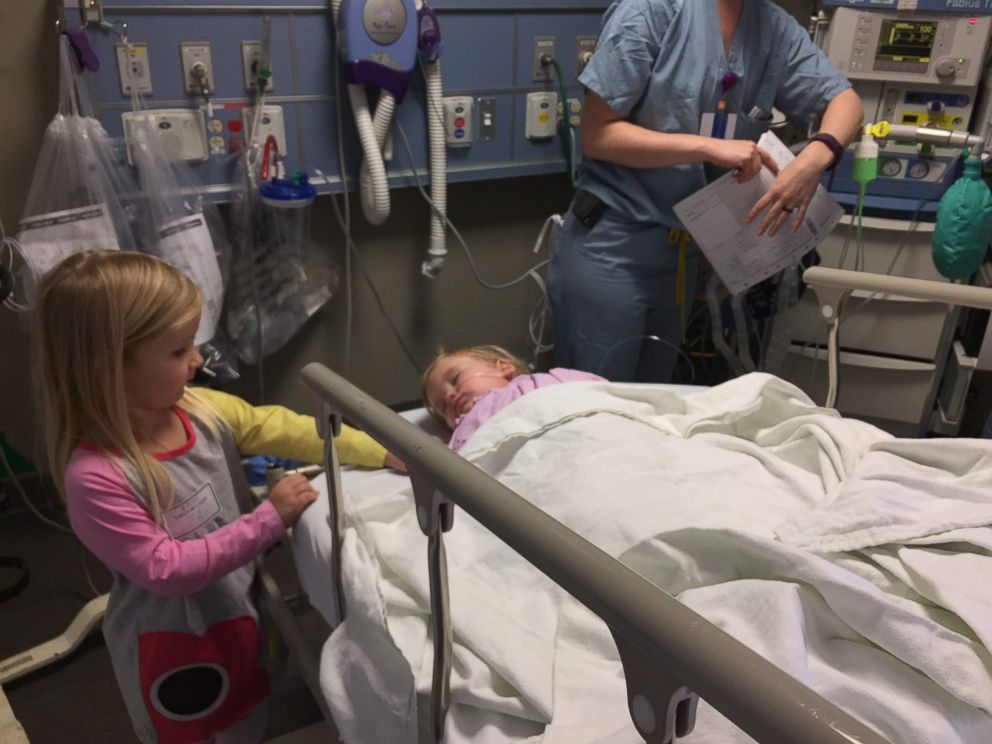Experimental Treatment Given To A Child With Alzheimer’s Symptoms
When you think of Alzheimer’s disease, you don’t think of toddlers. The disease is usually found in older adults and not little children.
Marian McGlocklin was born on the small side, just over 5 pounds, but doctors assured her parents she was fine. It was later after milestones were not met by the infant that doctors found she had an enlarged spleen, which is a sign of a serious degenerative disease called Niemann–Pick disease, type C.
“She was having trouble gaining weight,” Marian’s mother Sara McGlocklin told ABC News. “We’d say she’s so small and she’s not very strong.”
Niemann–Pick disease, type C is caused by an inherited gene mutation. The disease does not allow the body to properly break down cholesterol and other fats (lipids,) according to the U.S. National Library of Medicine (NLM).
The accumulation of cholesterol and other lipis can become toxic to the spleen, liver, and brain which can eventually kill cells and cause symtpoms such as learning difficulties, seizures, tremors, clumsiness, and intellectual decline.
The disease is referred to as “Childhood Alzheimer’s” because of its degenerative effects on the brain.
“I think the disease is even more shocking,” said Marian’s mother. “It’s a loss of every single skill you have.”
According to the NLM, many children diagnose with Niemann-Pick disease, type C, do not survive to adulthood.
Dr. Elizabeth Berry-Kravis in Chicago treats children for the disease with medication that has recently been FDA approved for rare pediatric diseases called VTS-270.
Marian was a candidate to receive the investigational drug as part of the FDA’s “compassionate use” program, and the drug is injected directly into Marian’s spinal cord.
The hope is that the drug will reach her brain to counteract the effects of the disease.
“It’s like getting an epidural or a spinal tap,” she explained. “They have a needle in her spine and they inject the medicine directly into her spinal fluid … the theory is that the most possible will cross the blood brain barrier and gets into the brain.”
“I asked the doctor how long is it going to take?'” McGlocklin recalled. “The doctor said we don’t know for Marian, she is the youngest person to receive the drug.”
Hopefully there will be successful results for Marian and her family.


